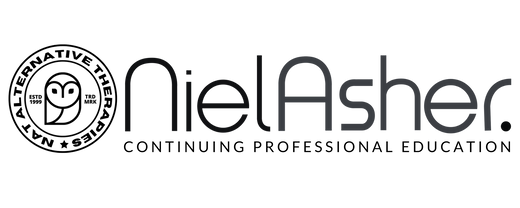This is a members only page. It appears you either do not have access to this page, or you are not logged in.
Search
- About
- Team
-
Shop
-
Courses
- All CE/CPD Courses
- Animal Healthcare Courses
- BOC Courses
- CE & CPD Value Packs
- CNE Courses
- Cupping Courses
- Ethics and General Practice Courses
- Florida State CEU Courses
- Live Webinars
- MMIP Member Courses
- New York State CEU Courses
- NAT Diploma Courses
- NCBTMB Courses
- Trigger Point Therapy Courses
- TCM Courses
- Women's Health Courses
- Yoga and Pilates Courses
- Equipment and Clothing
- General
-
Courses
- Members
- Join
- CE Information
- Help
- Resources
- About
- Team
-
Shop
-
Courses
- All CE/CPD Courses
- Animal Healthcare Courses
- BOC Courses
- CE & CPD Value Packs
- CNE Courses
- Cupping Courses
- Ethics and General Practice Courses
- Florida State CEU Courses
- Live Webinars
- MMIP Member Courses
- New York State CEU Courses
- NAT Diploma Courses
- NCBTMB Courses
- Trigger Point Therapy Courses
- TCM Courses
- Women's Health Courses
- Yoga and Pilates Courses
- Equipment and Clothing
- General
-
Courses
- Members
- Join
- CE Information
- Help
- Resources
